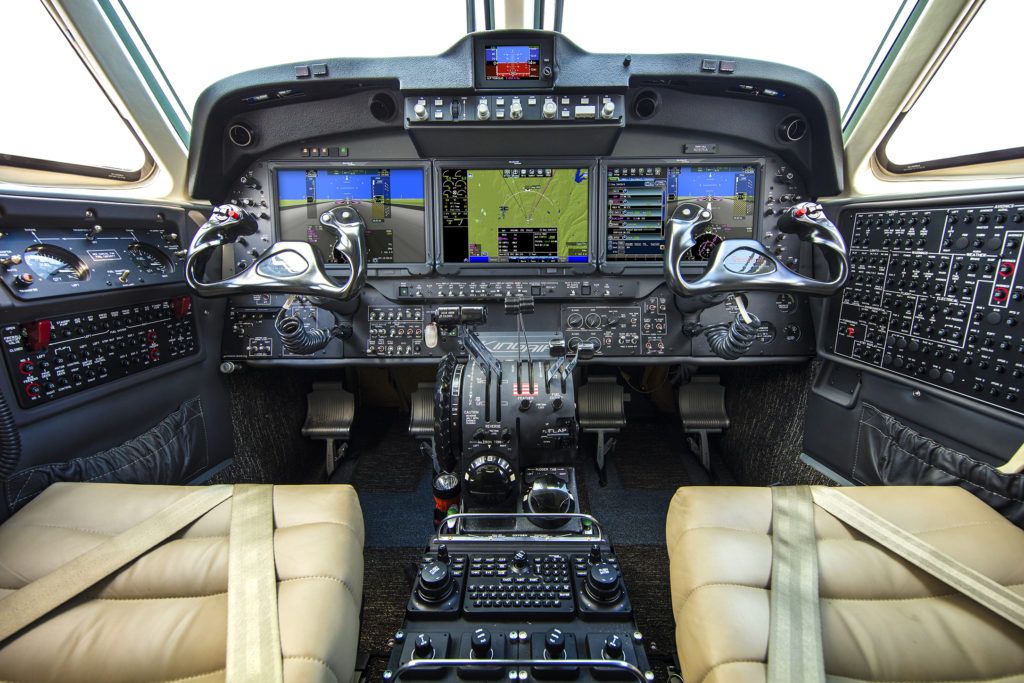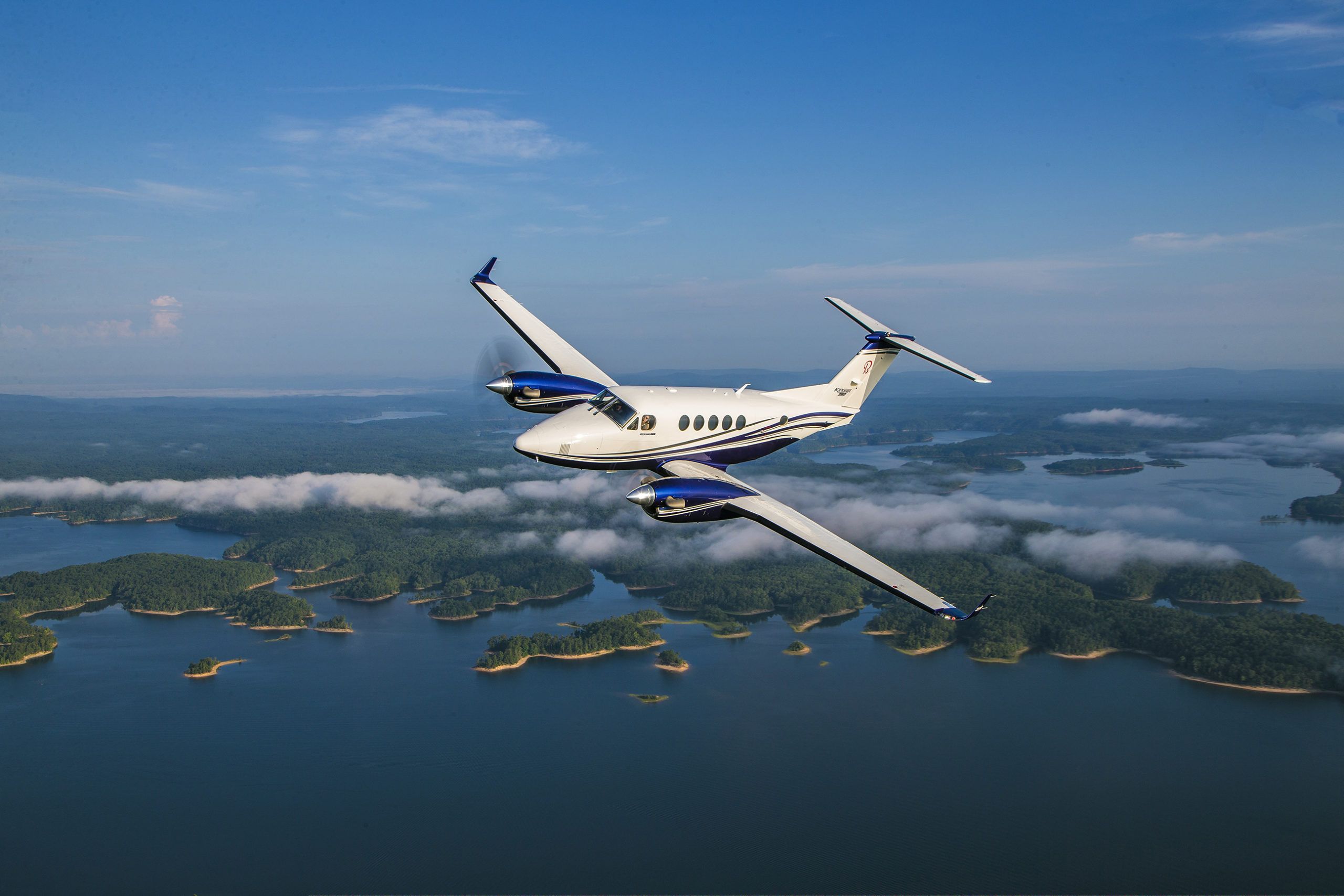Textron Aviation’s latest turboprop has received FAA certification. The Beechcraft King Air 260, announced late last year, has been approved, while the company has quietly discontinued the smaller C90 series King Airs after declining sales. As previously announced, the 260 features upgrades including the Innovative Solutions & Support (IS&S) ThrustSense autothrottle, a new digital pressurization controller and an updated Collins Multi-Scan RTA-4112 weather radar.
“The continual conversations we have with our customers play an integral role in the decisions we make about the design of new aircraft, as well as enhancements to our existing fleet,” said Chris Hearne, senior vice president, Engineering and Programs. “With the King Air 260, we utilized that valuable feedback and truly elevated the flying experience for both pilots and passengers. And now, with certification complete, we are looking forward to getting the King Air 260 into the hands of so many eager customers.”

According to Textron Aviation, the new King Air 260 “combines the platform’s rich history of rugged reliability and versatility with state-of-the-art upgrades and next-generation capability, offering a greater ease of flying.” The nine-passenger twin cruises at 310 knots with a range of 1,720 NM.
The C90 GTx will no longer be produced, nor will the Cessna Citation Sovereign+, Textron confirmed this week. The C90 was the King Air with the closest roots to the original turboprop twin of the early 1960s, itself derived from the piston-engine Queen Air.




































and the Queen Air was a direct descendant of the Twin Beech
If you are referring to the Model 18, I don’t think that is accurate. There may be some Queen Air structure or systems common with the Twin Bonanza, but I don’t think anything from the D18 was included in the Queen Air design. Unless you’re just counting the fact that both are twin-engine airframes from Beechcraft.
It seems since the Twin Bonanza they have been putting Bonanza wings on bigger and bigger wing roots. After 50 years it seems like putting lipstick on a pig. A new faster, lighter, longer range thing with a completely new design would be nice.
Seagull someone’s got just the turboprop design for you. Piaggio! I hear they are recruiting investors, whoever “they” has turned out to be. Again. Retired from NAs Fs Gs and Hs I’ve no dog in the King Air game, but, after 50 years the 260 bests the original 90s by 70 kts and 700 nm range, not to mention the improvements of the 350. Oh! Here’s one for you! The original Citation I touted as a sexy jet which would displace the King Air was another. Today the parent company of that discontinued Citation now owns the King Air design and are still going with it.
“truly elevated”
Is s/he exaggerating to try to exceed the standard exaggeration of PR types?
In doing so harms her/his credibility.
With the 90 out of production there is now a vacuum between pressurized twin engine recips and smaller twin turboprops. Seems like if you want a six seat pressurized airplane your only choice is the King Air 260 or a single engine TP like M500/600 or TBM
That’s a shame for those of us who want an efficient TP with twin engine redundancy.
No gap exists. There are no current pressurized twin recips being built, and the price jump from a Duke or Navaho to a King Air 90 is crazy. People will get a Pilatus PC-12 if they need a step up.